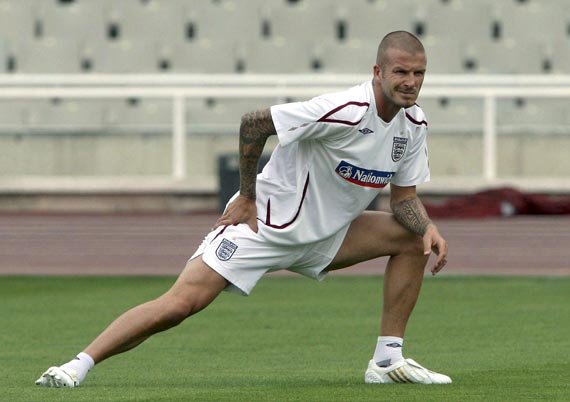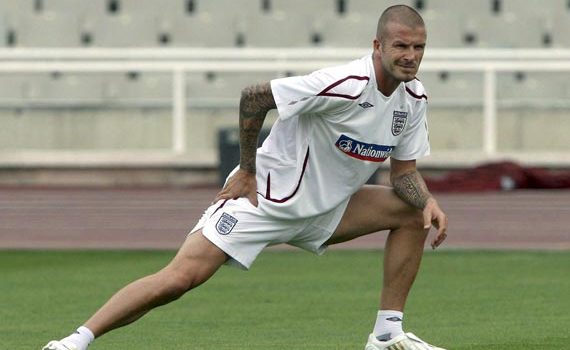
When you took gym class in high school, you likely were forced to stretch before and maybe even after playing various sports. In athletics, you might also have been forced into stretching routines as a team, which seemed ridiculous at the time and maybe still do. Now that you are working out on your own and you can make the decision for yourself, it is time to learn the truth if stretching before or after exercise is really necessary.
If you are stretching to prevent muscle soreness after a workout, you are wasting your time. It does not matter if you stretch before or after a new or particularly strenuous workout, because eventually your muscles will feel sore. This soreness is from your muscle tissue tearing, a condition called delayed onset muscle soreness or DMS. These tears in the muscle tissue are tiny, and the only way to get rid of the soreness is to allow your muscles the time they need to repair the damage. This means each time you start a workout that incorporates new exercises, your muscles will feel sore no matter how much you stretch.
Just because stretching does not help avoid muscle soreness does not mean you should forego stretching altogether. When it comes to stretching before a workout, static stretches actually have been shown to weaken muscles and decrease an athlete’s flexibility. Static stretching is when you touch your toes or move in one direction and hold the stretch for several seconds to several minutes. Adding to the negatives of static stretching is research that shows it actually causes muscles to tense up, limiting a person’s range of motion.
Before working out, your goal should be to warm up your muscles and dilate your blood vessels. This can be accomplished by a short run at a slow pace, followed by some dynamic stretches that involve you actively moving. Dynamic stretching includes lunges, kicking or even jumping up and down. Many yoga positions also involve dynamic stretching, and also do not isolate a single muscle group. Still, you should not perform dynamic stretches to the extent that you begin to feel tired, since that will have a negative impact on your workout performance.
What about stretching after exercise? Since you have already finished exercising, you can perform either dynamic or static stretches. Dynamic stretches increase your muscles’ flexibility minimally, while static stretches can dramatically increase flexibility and your range of motion. You should hold static stretches for at least 15 seconds for any real benefit, but should not exceed 30 seconds total to avoid muscle or ligament injury.
Stretching does offer a benefit to athletes who are both serious and casual. Stretching, when done at times of the day not immediately before a workout, increases an athlete’s range of motion over time, meaning he become more flexible. In sports such as gymnastics, having a broad range of motion is essential for competition.
With some contact sports like football, a good range of motion can help prevent muscle and ligament injuries.
Written by Steven Symes
Like O-Posts on Facebook
You can also follow O-Posts on Twitter @OPosts

